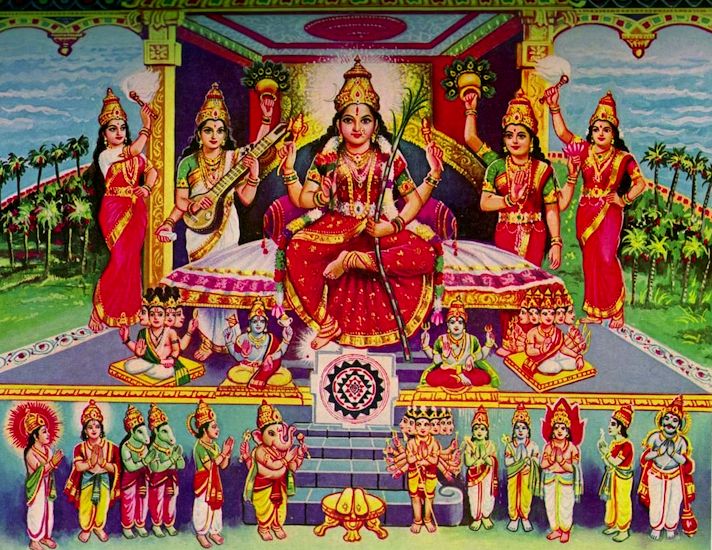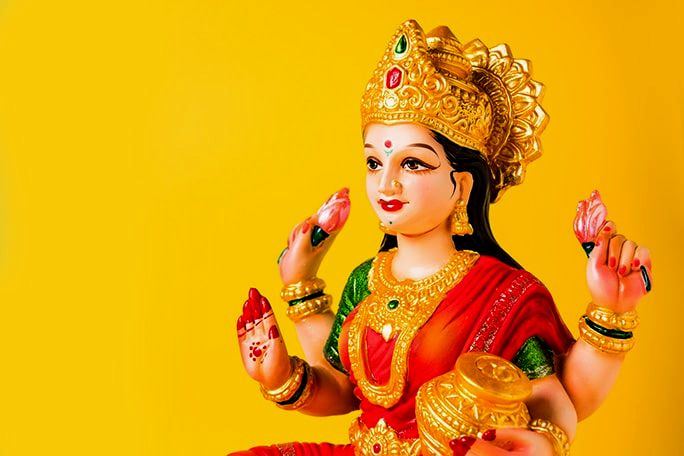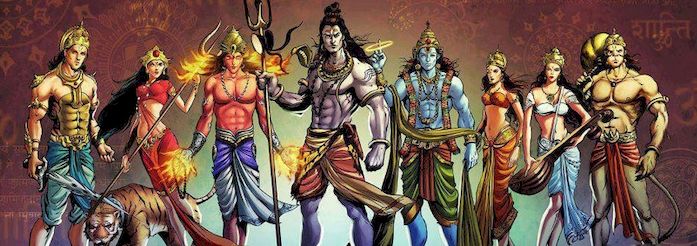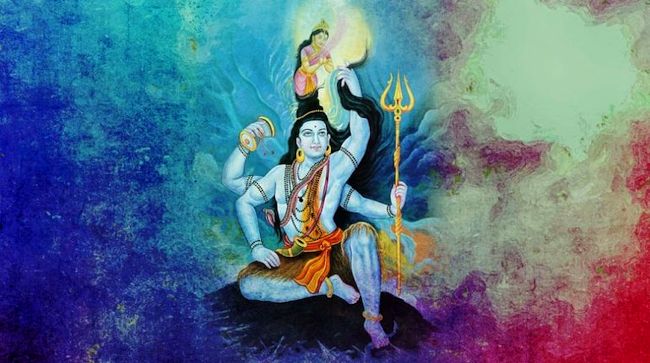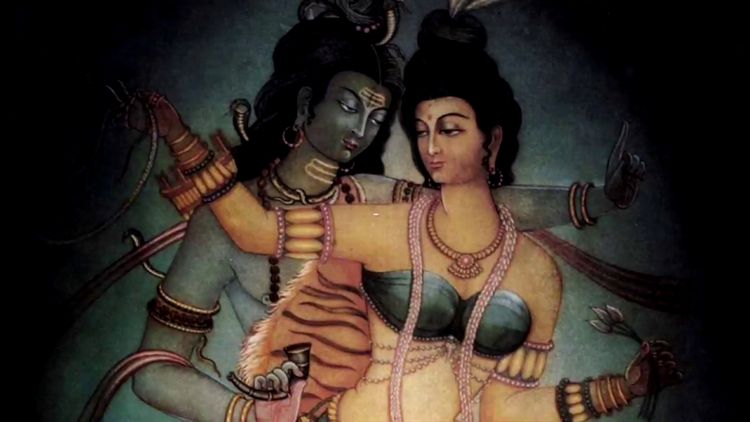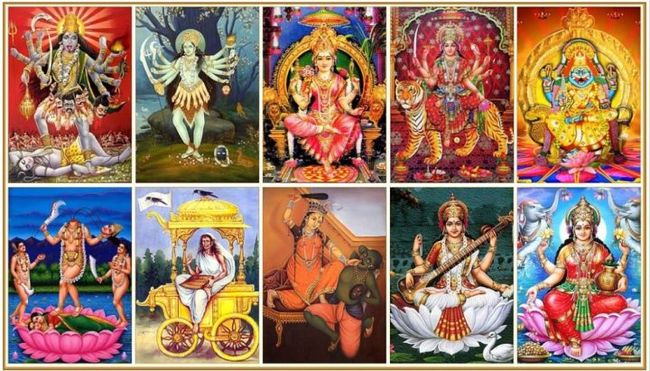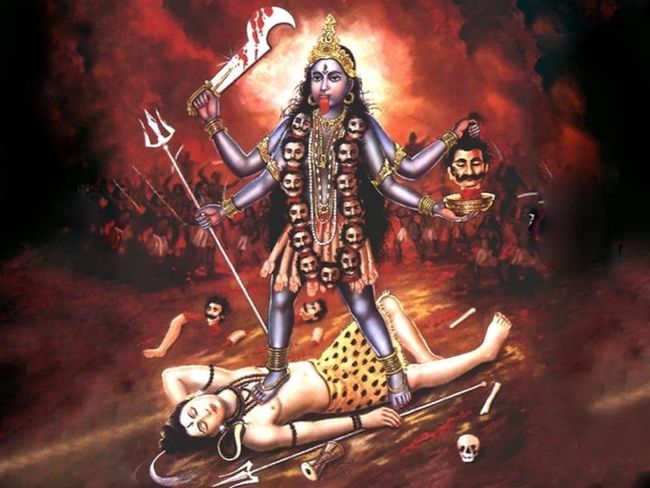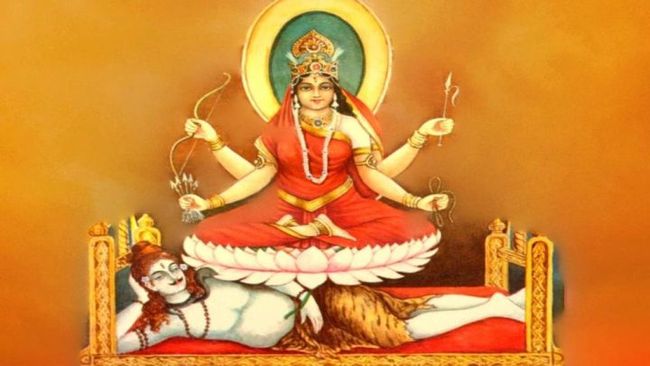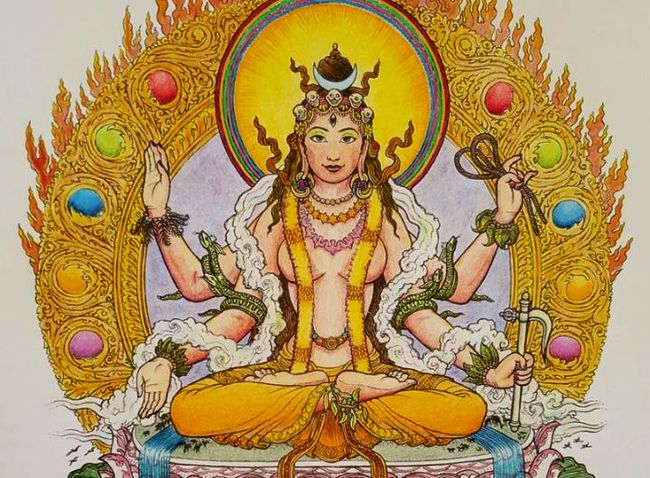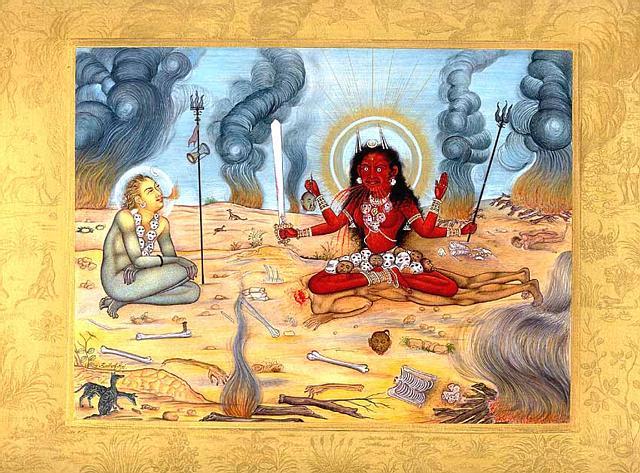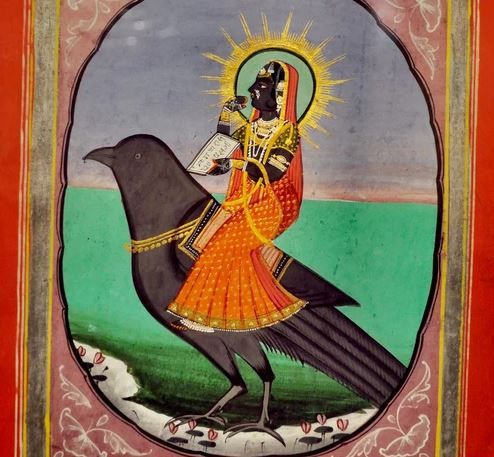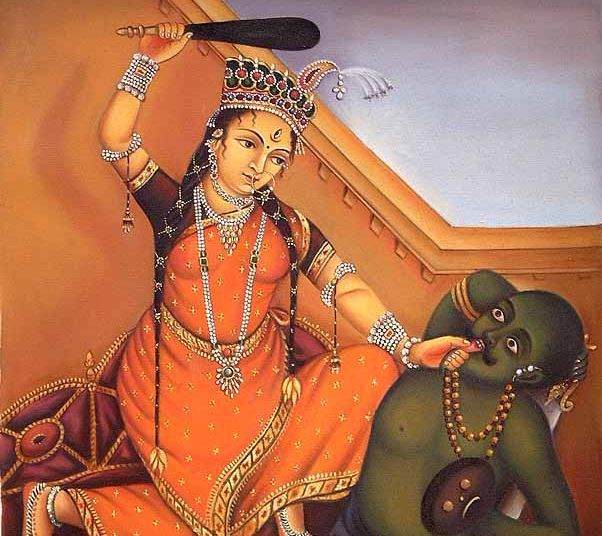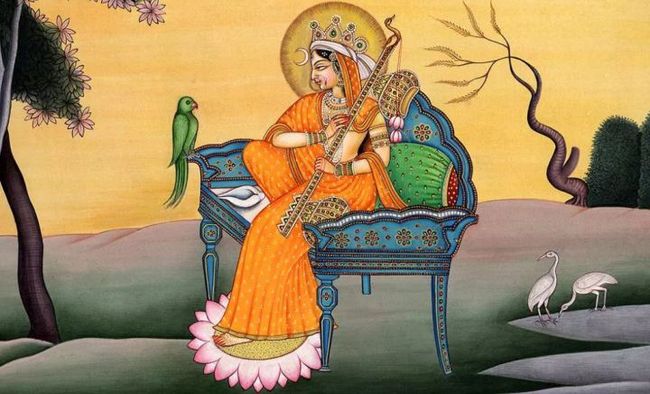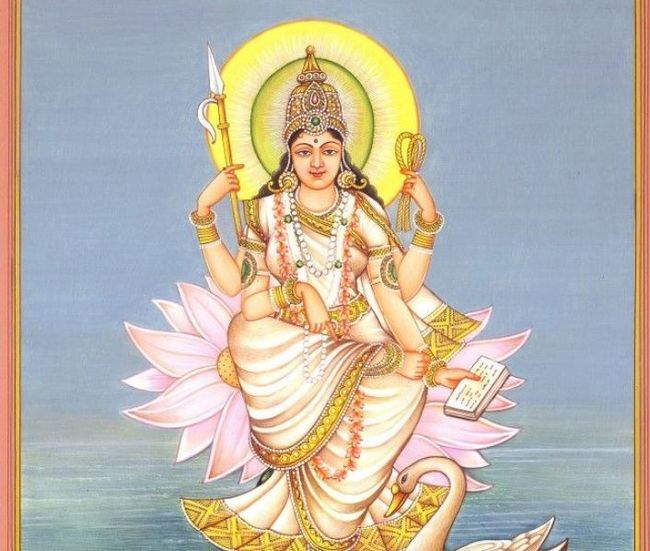Tara
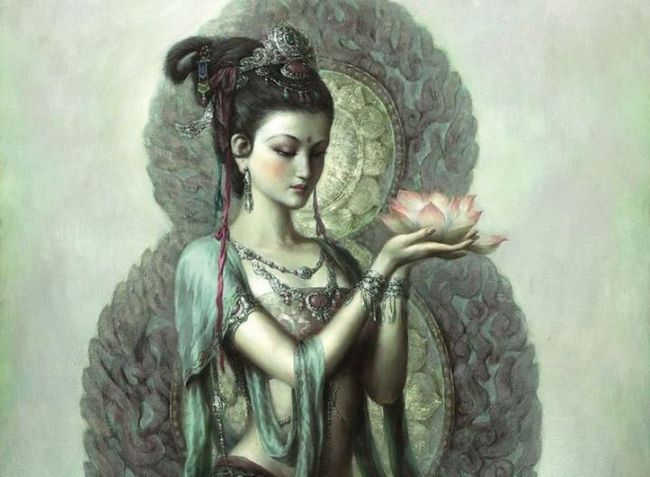
The Goddess Tara is worshipped in both Hinduism and Buddhism as the goddess of compassion and protection. In Hinduism, she is a form of the female primordial energy known as Shakti. The name comes from the Sanskrit root tar, meaning “protection.” In other Indian languages, the name translates as “star.”
Tara’s name is derived from tri, which means “to cross.” One of her epithets is Samsaratarini, “she who takes across the ocean of worldly existence.”Tara is thus the all-gracious liberator.
Tara first appeared as a deity in Hinduism but was later adopted by Buddhism. In fact, in some traditions, she is considered the female Buddha. In Tibetan Buddhism, she is the most popular deity worshiped today.
Origin – It is said that during the churning of the milky sea when poison came out the ocean, Lord Shiva drank it to save the world from destruction. But Lord Shiva fell unconscious under the powerful effect of the poison. At this point, Goddess Durga appeared as Tara and took Shiva on her lap and breastfed Him to counteract the effect of the poison. Hence Tara is said to be more approachable to the devotees because of her maternal instinct.
In tantric traditions, she may be considered an incarnation of Durga, Parvati or Mahadevi. Goddess Tara protects those on their journey to enlightenment, as well as earthly travelers. In some traditions, Tara appears in different forms; the two best-known versions of her are White Tara, the embodiment of compassion and peace, and Green Tara, who is the great protector and overcomer of obstacles.
Images of Tara often show her seated on a white lotus in the midst of the primordial waters that envelop the entire universe. From this, we understand that she is the Mother of the three worlds—of the heavens, the atmosphere, and the earth.
Much of Tara’s symbolism can be related to death—but in its broadest perspective. The death it refers to is the death of the ego, the false idea of selfhood that keeps the individual in bondage, ever reactive and in thralldom to all of the life’s ups and downs. Like Kali, Tara is sometimes shown wearing a girdle of severed human arms, a symbol of her ability to relieve us of the burdens of karma. The scissors and sword, rather than being understood as agents of death, should be thought of as tools to dismantle and remove the ego, the sense of mistaken identity that defines, limits, and binds.
Comments
No posts found



